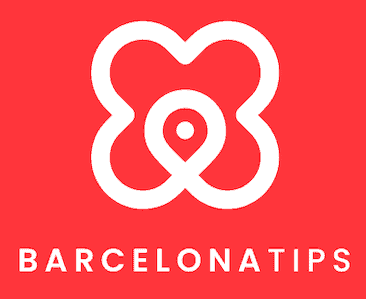A brief history of Barcelona
The Origins: Barcino
Barcelona, originally known as Barcino, was founded by the Romans in the 1st century BC. With its strategic location on the Mediterranean coast, Barcino quickly became a thriving trade center. The Romans introduced significant architectural features, such as city walls, the Temple of Augustus, and aqueducts that supplied water to the city. Today, traces of this Roman legacy can still be found in the Gothic Quarter and the City’s Historical Museum, where ancient baths, mosaics, and other archaeological finds offer a glimpse into Barcelona’s ancient past. Walking down the famous Rambla, you can sense the city’s deep historical roots.
Union with Aragón
In the 12th century, Barcelona became part of the Crown of Aragón, a powerful maritime empire in the western Mediterranean. This union brought economic prosperity and political stability, establishing Barcelona as a key player in Mediterranean trade. Catalan language and culture flourished during this period, profoundly shaping the city’s identity. The era also saw the construction of grand Gothic buildings and the establishment of the Generalitat de Catalunya, a governing body that played a crucial role in preserving Catalan autonomy. Today, iconic landmarks like the Sagrada Família and Park Güell stand as symbols of Barcelona’s rich cultural heritage.
Expansion in the 14th and 15th Centuries
The 14th and 15th centuries were marked by Barcelona’s expansion and cultural development, evident in the construction of the Basilica of Santa Maria del Mar. During this time, the city’s defensive walls were extended, and its port became one of the most significant in the Mediterranean. However, the expulsion of Jews and Moors from Spain in 1492 deeply affected the city’s social and cultural fabric. Despite these challenges, Barcelona continued to thrive, laying the groundwork for its future as a center of commerce, art, and innovation. The evolving cityscape of this era can still be seen, particularly in the Gothic Quarter and along the bustling Rambla.
18th Century Challenges
The 18th century brought difficult times to Barcelona, particularly during the War of the Spanish Succession in 1714. The city’s support for the Habsburg cause led to a devastating siege and the loss of its political autonomy. The Bourbon monarchy from Madrid imposed centralizing policies, suppressing Catalan institutions. Despite these setbacks, Barcelona’s resilience persisted. The El Born Cultural and Memorial Center, located in a former market, stands as a testament to the city’s determination to preserve its cultural heritage. This site commemorates the events of 1714 and serves as a cultural hub showcasing Catalonia’s rich history.
Industrial Revolution and Urban Growth
The 19th century saw Barcelona undergo rapid industrialization, transforming from a medieval city into a modern metropolis. The textile industry became a major economic driver, attracting migrants from rural areas and across Spain. This industrial boom led to significant urban development, including the creation of new neighborhoods like Eixample. Areas like Poblenou, known as the “Catalan Manchester,” became densely packed with factories. This period also saw the rise of labor movements as workers fought for better conditions, shaping the modern social and political landscape of Barcelona. The city’s modern identity, reflected in its vibrant neighborhoods, was solidified during this era.
Catalan Modernism and World Exhibitions
The late 19th and early 20th centuries were a golden age of creativity in Barcelona, epitomized by the Catalan modernisme movement. Architects like Antoni Gaudí and Lluís Domènech i Montaner created iconic masterpieces, including the Sagrada Família, Casa Batlló, and Park Güell. The 1888 and 1929 World Expositions highlighted Barcelona’s modernity and cultural richness, cementing its reputation as a global cultural capital. These events also spurred the development of infrastructure and public spaces, transforming Barcelona into a cosmopolitan city where tradition meets innovation. The city’s architectural landmarks from this period continue to draw visitors from around the world.
The Spanish Civil War in Barcelona
The Spanish Civil War (1936-1939) brought turmoil and suffering to Barcelona, which became a battleground between republican and nationalist forces. The city endured bombing raids that left lasting scars, visible today in places like Plaça de Catalunya and Plaça Sant Felip Neri. Despite the devastation, Barcelona remained a symbol of resistance and solidarity. Its citizens came together to support the republican cause, organizing community kitchens, hospitals, and defense committees. The war also inspired a spirit of artistic and intellectual defiance, with figures like George Orwell and Pablo Picasso contributing to the republican effort.
The Franco Era
Under Francisco Franco’s dictatorship (1939-1975), Spain faced widespread repression, with political persecution, censorship, and the suppression of Catalan culture and language. Despite these harsh conditions, underground movements in Barcelona kept the spirit of Catalan identity alive. Cultural resistance persisted, ensuring that Barcelona’s unique character endured through the darkest years of the regime. The legacy of this period is still evident in the city’s resilient spirit and its ongoing commitment to cultural and linguistic diversity.
Transition to Democracy
After Franco’s death in 1975, Spain transitioned to democracy, and Barcelona played a crucial role in this process. The city’s vibrant cultural scene and spirit of activism were instrumental in shaping Spain’s new democratic era. The first democratic elections in 1979 were a milestone, leading to the restoration of the Generalitat de Catalunya and the promotion of Catalan culture and language. Today, Barcelona is a beacon of democracy and diversity, with a thriving civil society that actively shapes the city’s future. Festivals, public art, and a dynamic cultural landscape reflect Barcelona’s inclusive and forward-thinking spirit.
The 1992 Summer Olympics
The 1992 Olympic Games marked a turning point for Barcelona, transforming it into a global destination and revitalizing its urban landscape. Iconic venues like the Olympic Stadium and the Port Olímpic were built, and this was when Barcelona’s beach became a central feature of the city. The Games also brought significant investments in public spaces and infrastructure, helping Barcelona emerge as a modern, prosperous city. The success of the Olympics greatly enhanced the city’s international profile and set the stage for its rise as a major tourist destination. Camp Nou, home to FC Barcelona, also became an international symbol of the city’s sporting prowess during this era.
Booming Tourism
Following the Olympics, Barcelona became one of Europe’s top tourist destinations, attracting millions of visitors each year. The city’s architecture, vibrant street life, and cultural attractions, like the Sagrada Família and Park Güell, continue to draw people from all over the world. However, this surge in tourism has also brought challenges. Ensuring that tourism remains sustainable, while preserving Barcelona’s unique character and the quality of life for its residents, is an ongoing concern. Efforts are being made to balance the benefits of tourism with the need to protect the city’s environment and community.


